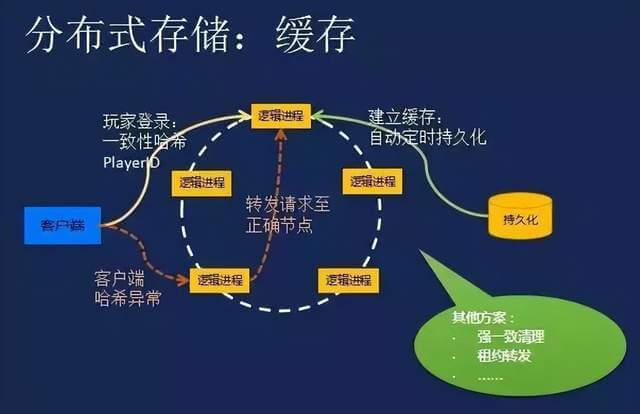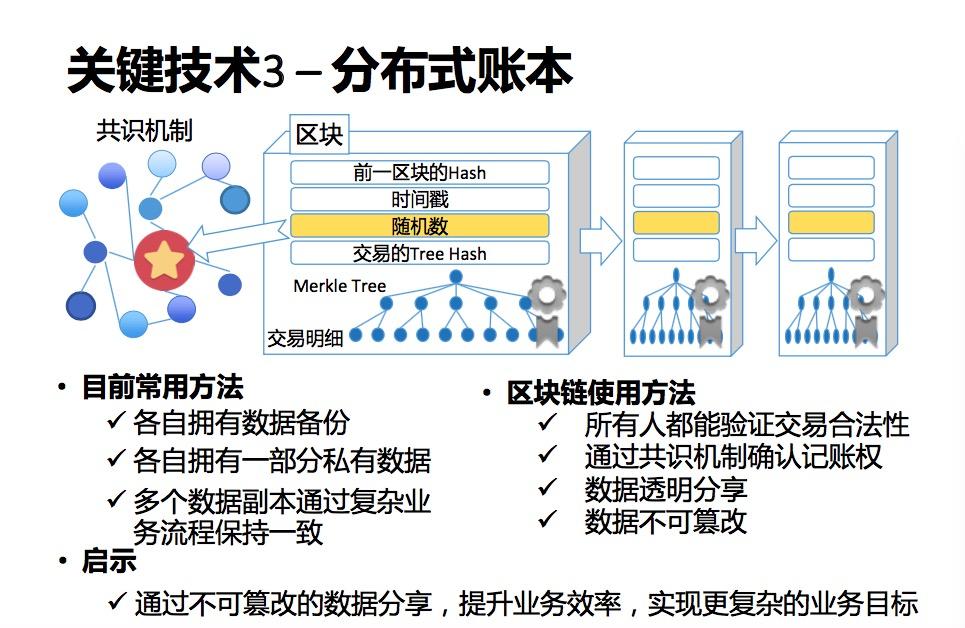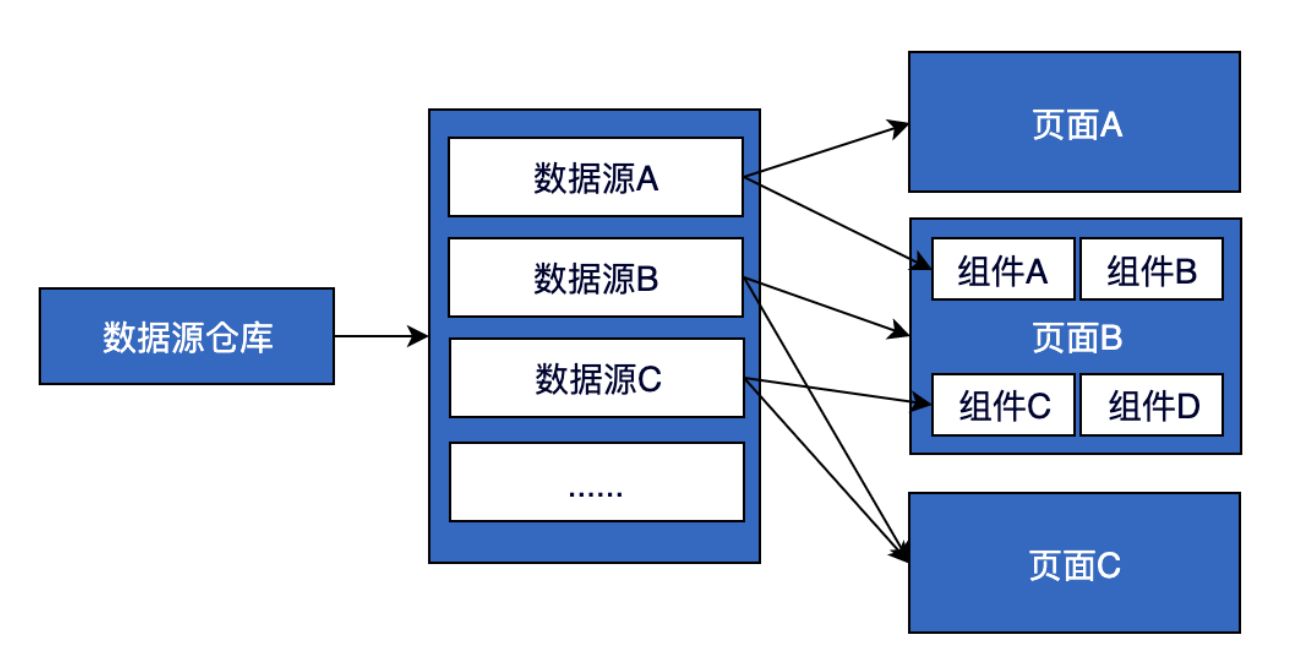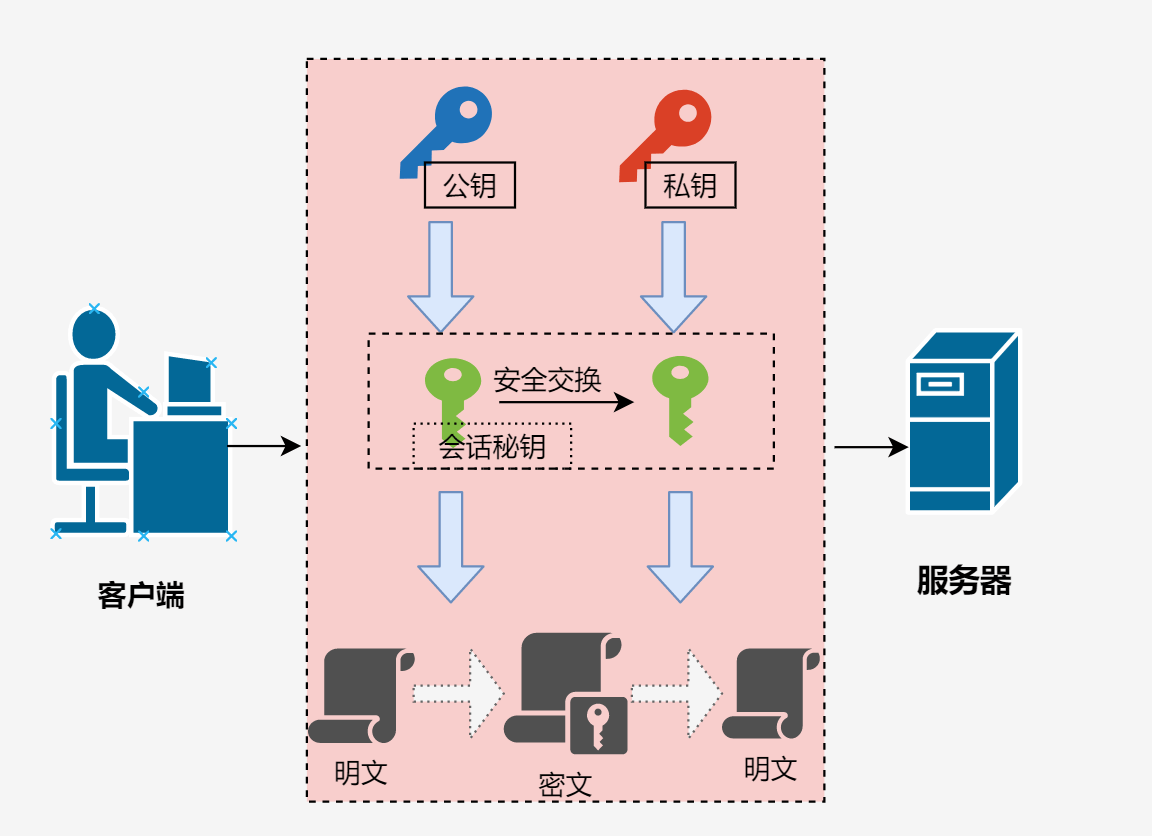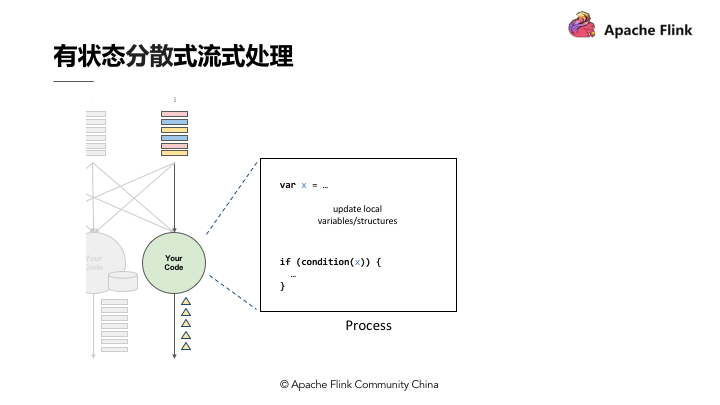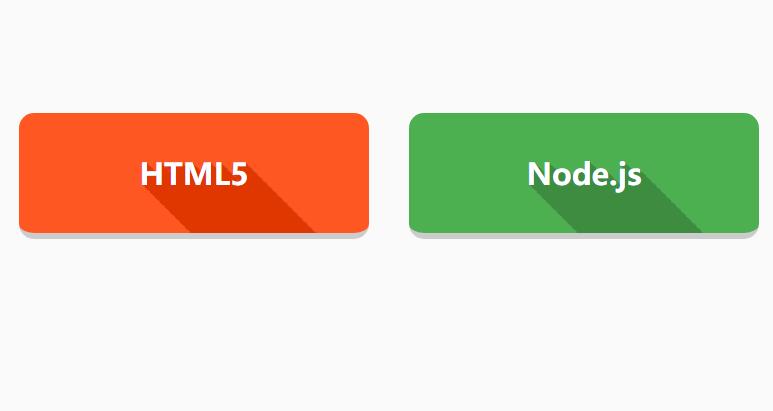上一篇
html怎么调用api
- 行业动态
- 2025-05-08
- 2553
HTML通过JavaScript调用API,常用
fetch或 axios, fetch('API_URL')获取数据, fetch('API_URL', {method: 'POST', body: data})发送请求,需处理Promise或使用`async/await
HTML调用API的方法
使用JavaScript的fetch方法
fetch是现代浏览器提供的API,用于发起HTTP请求并处理响应。
基本语法:
fetch(url, options)
.then(response => response.json()) // 解析为JSON
.then(data => {
// 处理数据
console.log(data);
})
.catch(error => {
// 处理错误
console.error('Error:', error);
});示例:调用GET请求的API
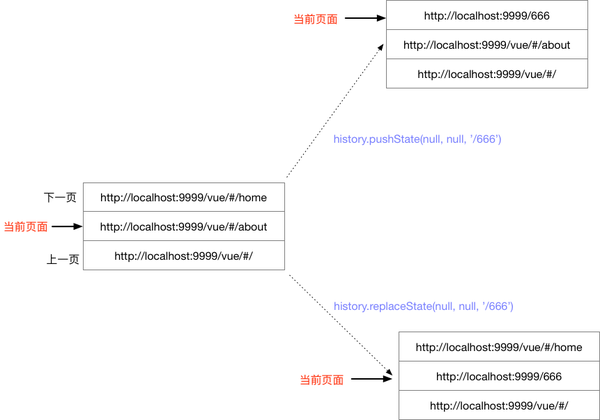
<!DOCTYPE html>
<html>
<head>Fetch API 示例</title>
</head>
<body>
<script>
const url = 'https://jsonplaceholder.typicode.com/posts/1';
fetch(url)
.then(response => response.json())
.then(data => {
document.body.innerHTML = `<h1>${data.title}</h1>`;
})
.catch(error => console.error('Error:', error));
</script>
</body>
</html>示例:调用POST请求的API
fetch('https://jsonplaceholder.typicode.com/posts', {
method: 'POST',
headers: {
'Content-Type': 'application/json'
},
body: JSON.stringify({ 'foo',
body: 'bar',
userId: 1
})
})
.then(response => response.json())
.then(data => console.log(data))
.catch(error => console.error('Error:', error));使用XMLHttpRequest(传统方法)
XMLHttpRequest是旧版API,但兼容性更好。
基本步骤:
- 创建
XMLHttpRequest对象。 - 配置请求(
open方法)。 - 发送请求(
send方法)。 - 监听状态变化(
onreadystatechange)。
示例:
const xhr = new XMLHttpRequest();
xhr.open('GET', 'https://jsonplaceholder.typicode.com/posts/1');
xhr.onreadystatechange = function() {
if (xhr.readyState === 4 && xhr.status === 200) {
const data = JSON.parse(xhr.responseText);
document.body.innerHTML = `<h1>${data.title}</h1>`;
}
};
xhr.send();处理跨域问题(CORS)
如果API服务器未允许跨域请求,浏览器会阻止请求,解决方法:
- 服务器端:设置
Access-Control-Allow-Origin响应头。 - 客户端:使用代理服务器(如Nginx)或本地开发服务器(如
http-proxy-middleware)。
常见API调用场景与代码对比
| 场景 | fetch | XMLHttpRequest |
|---|---|---|
| GET请求 | 简洁链式调用,支持Promise | 需手动处理状态码和回调 |
| POST请求 | 通过body传递数据,需设置Content-Type | 需手动设置请求头和send方法 |
| 错误处理 | .catch捕获错误 | 需检查xhr.status和onerror |
| 兼容性 | 现代浏览器支持,IE需polyfill | 所有浏览器支持 |
相关问题与解答
问题1:如何处理API返回的JSON数据?
解答:
使用response.json()方法将响应体解析为JSON对象。
fetch('https://api.example.com/data')
.then(response => response.json()) // 解析JSON
.then(data => console.log(data));问题2:如何调用需要认证的API?
解答:
在fetch的headers中添加认证信息(如Bearer Token):
fetch('https://api.example.com/protected', {
headers: {
'Authorization': 'Bearer YOUR_TOKEN_HERE'
}
})
.then(response => response.json())
.then(data => console.log(data));
